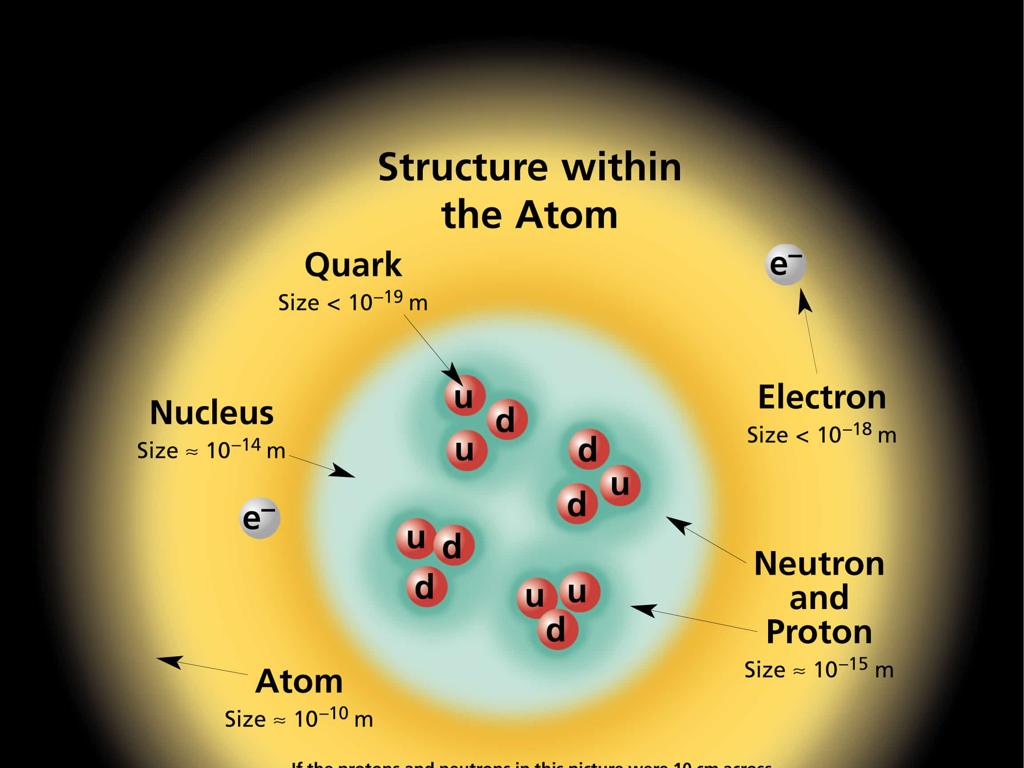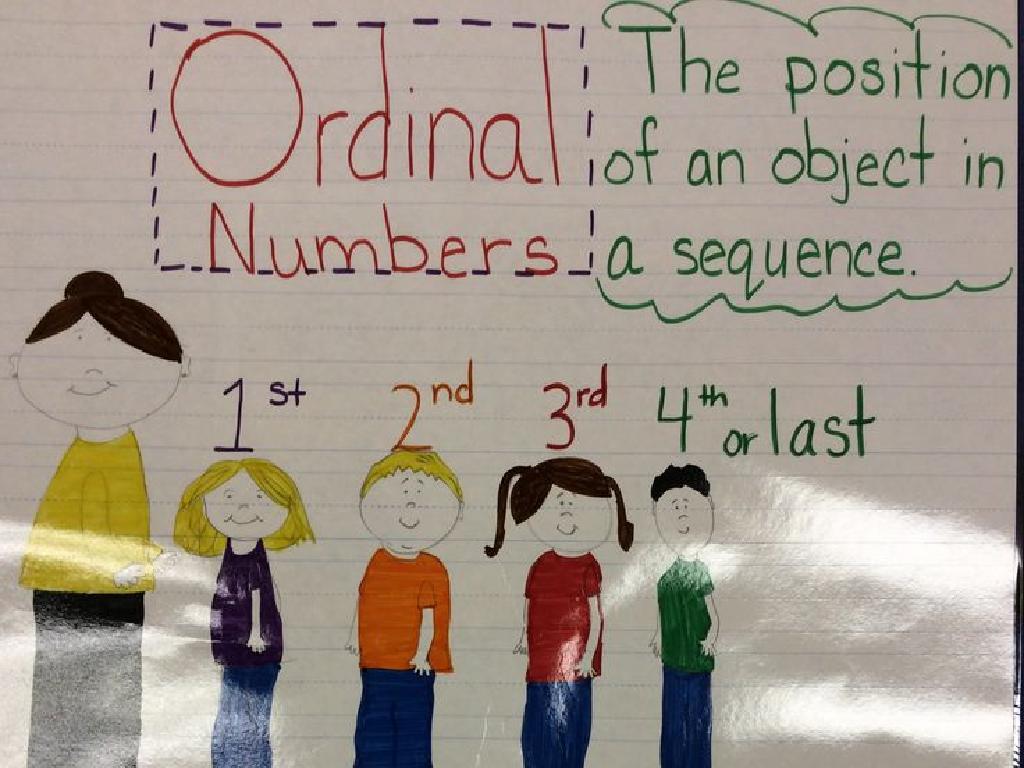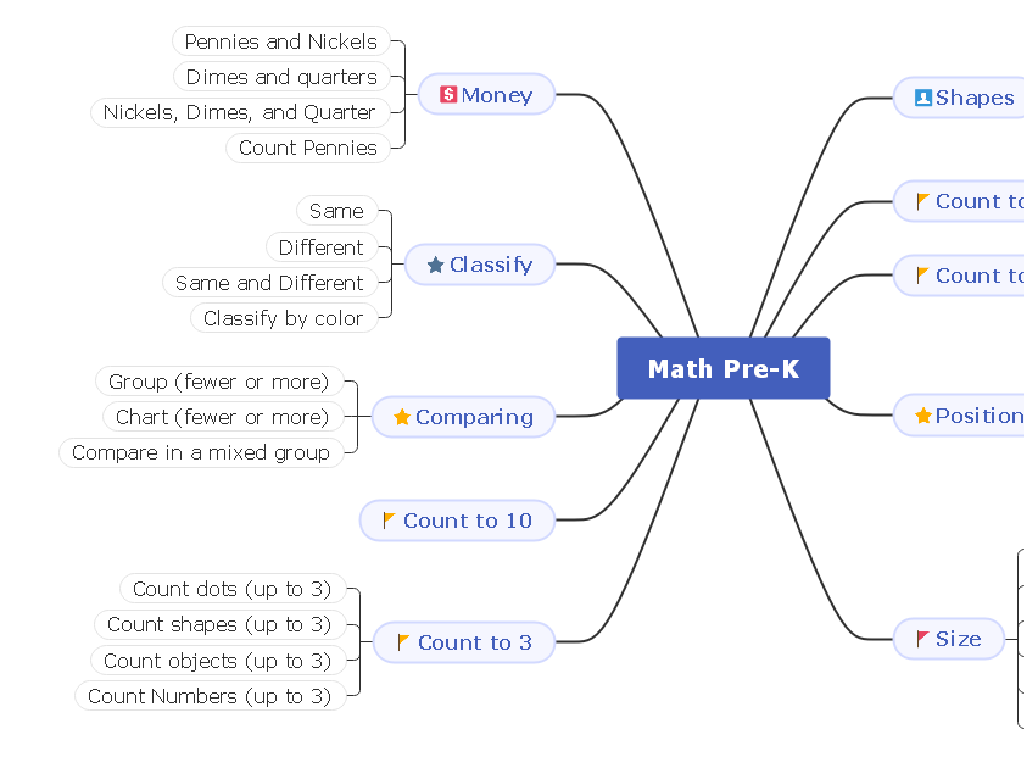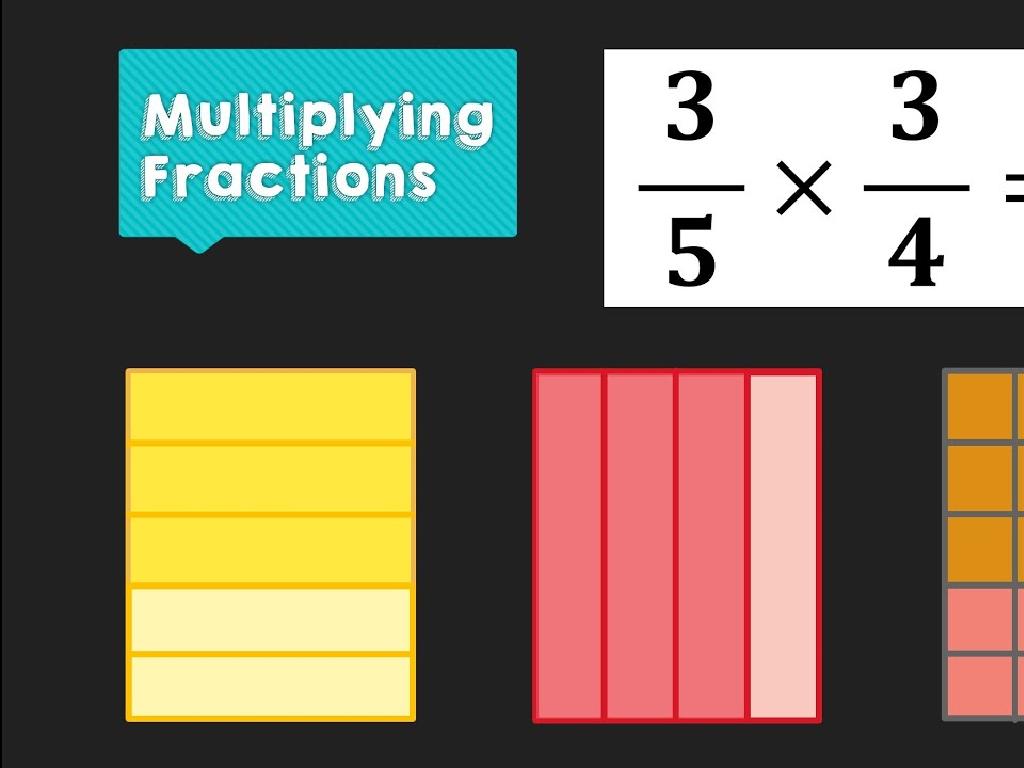Abbreviate Time And Length Units
Subject: Science
Grade: Third grade
Topic: Units And Measurement
Please LOG IN to download the presentation. Access is available to registered users only.
View More Content
Time and Length Measurement
– Why we measure time & length
– To understand the world and organize our lives.
– Common time units: sec, min, hr
– Seconds (sec), Minutes (min), Hours (hr)
– Common length units: in, ft, yd
– Inches (in), Feet (ft), Yards (yd)
– Abbreviating units in practice
– Use abbreviations like ‘in’ for inches in homework.
|
This slide introduces the concept of measurement to third-grade students, focusing on time and length. Start by discussing the importance of measurement in everyday life, such as knowing how long to bake cookies or how much ribbon is needed for a craft. Introduce common units of time and length, emphasizing their abbreviations. Engage the class with examples, like comparing the time it takes to brush teeth versus watching a TV show, or measuring their desk length in different units. Encourage students to start using these abbreviations in their daily activities and homework to become familiar with them.
Understanding Time and Its Units
– Time indicates ‘when’ events happen
– Clocks: Our tools to measure time
– Clocks can be digital or analog with hands
– Units of time: Seconds, minutes, hours
– Second (sec), Minute (min), Hour (hr) are units to tell time
|
This slide introduces the concept of time to third-grade students. Begin by explaining that time helps us understand when events occur, such as when to go to school or when to eat lunch. Discuss how clocks, whether they are digital with numbers or analog with hands, help us measure time accurately. Introduce the basic units of time: seconds, minutes, and hours, and explain that there are 60 seconds in a minute, 60 minutes in an hour, and 24 hours in a day. Use examples like timing how long it takes to brush teeth (seconds), the length of a favorite TV show (minutes), and the time spent at school (hours) to make these concepts relatable. Encourage students to share their own examples of activities and how long they take.
Abbreviating Time Units
– Second becomes ‘sec’
– Like a heartbeat, ‘sec’ is short for second!
– Minute turns into ‘min’
– When we wait 60 seconds, we have a ‘min’
– Hour is shortened to ‘hr’
– After 60 minutes, we’ve reached an ‘hr’
|
This slide is aimed at teaching third-grade students how to abbreviate the units of time. Start by explaining that abbreviations are shorter ways to write words or phrases, which makes them quicker and easier to write down, especially in science and math. Use everyday examples to illustrate each unit: a second can be as quick as a heartbeat, a minute is as long as waiting for a short break, and an hour could be the duration of a cartoon episode or a class. Encourage the students to use these abbreviations when they are writing about time in their science activities or homework.
Understanding Length Measurement
– Length: ‘how long’ or ‘how far’
– Tools: rulers and measuring tapes
– Use these tools to find out the length of things
– Common units: in, ft, yd
– Inches (in), feet (ft), and yards (yd) are used in the U.S.
– Practice measuring objects
– Let’s measure items in the classroom!
|
This slide introduces the concept of length and its importance in everyday life. Length helps us determine the distance from one point to another. Tools like rulers and measuring tapes are essential for measuring length. Familiarize students with common units of length such as inches, feet, and yards, which are standard in the United States. Encourage hands-on practice by having students measure various objects around the classroom. This will help them understand the practical application of length measurement and how to use the tools effectively. Provide examples of items to measure, such as a book, desk, or a piece of string.
Abbreviating Length Units
– Inch as ‘in’
– An inch can be shown as ‘in’. Like 12 in a foot
– Foot as ‘ft’
– A foot is abbreviated as ‘ft’. Like 3 ft in a yard
– Yard as ‘yd’
– A yard is shortened to ‘yd’. Like the length of a bed
|
This slide introduces students to the abbreviations for common units of length. An inch is the smallest unit among the three and is abbreviated as ‘in’. There are 12 inches in a foot, and this is often used to measure smaller objects like pencils or paper. A foot, abbreviated as ‘ft’, is a unit of length commonly used to measure the height of a person or the width of a room. There are 3 feet in a yard. A yard, abbreviated as ‘yd’, is used for larger measurements, such as the length of a bed or a sofa. Encourage students to measure objects around the classroom using these units and to practice writing the abbreviations correctly.
Abbreviating Time and Length Units
– When to abbreviate units
– Examples of abbreviations
– Like 3 feet becomes 3 ft, 2 hours turns into 2 hr
– Practice writing abbreviations
– Let’s write 5 inches as 5 in, and 4 minutes as 4 min together
– Abbreviations in everyday use
– See abbreviations on road signs, recipes, and in class
|
This slide is aimed at teaching third graders when and how to use abbreviations for units of time and length. Start by explaining that abbreviations are shorter ways to write units, which makes writing quicker and easier. Show examples of common abbreviations such as feet (ft) and hours (hr). Engage the class in an interactive activity where they practice writing abbreviations for different units. Emphasize the practicality of using abbreviations in everyday life, such as reading cookbooks or understanding road signs. This will help them recognize the importance of learning these abbreviations.
Class Activity: Measure and Abbreviate!
– Find objects to measure
– Write lengths with abbreviations
– Use ‘in’ for inches, ‘ft’ for feet
– Share your findings
– Tell the class the object and its length
– Learn measurement abbreviations
– Understand ‘hr’ for hours, ‘min’ for minutes
|
This activity is designed to help students understand and practice using standard abbreviations for units of length and time. Provide students with rulers or measuring tapes and ask them to measure various objects within the classroom. They should write down these measurements using the correct abbreviations, such as inches (in), feet (ft), hours (hr), and minutes (min). After measuring, students will share their findings with the class, which will reinforce their understanding and help them learn from each other. Possible objects to measure include desks, books, chalkboard, etc. For time, they could use examples like the length of recess (min) or school day (hr). This will help them become familiar with measuring and abbreviating units commonly used in everyday life.
Wrapping Up: Abbreviations in Measurement
– Why use abbreviations?
They save time and space in writing and speaking.
– Review: Time abbreviations
Seconds (sec), Minutes (min), Hours (hr)
– Review: Length abbreviations
Inches (in), Feet (ft), Yards (yd), Miles (mi)
– What’s next in measurement?
|
As we conclude today’s lesson, remind students that abbreviations are like shortcuts that make reading and writing about time and length more efficient. Go over the common abbreviations for time and length units we’ve learned, ensuring students can recall and use them correctly. Reinforce the concept with examples, such as ’60 sec in 1 min’ or ‘3 ft in 1 yd’. Looking ahead, let students know that we’ll continue exploring units and measurement, building on what they’ve learned about abbreviations to understand how to measure and compare different things. Encourage them to bring any questions they have to the next lesson.





